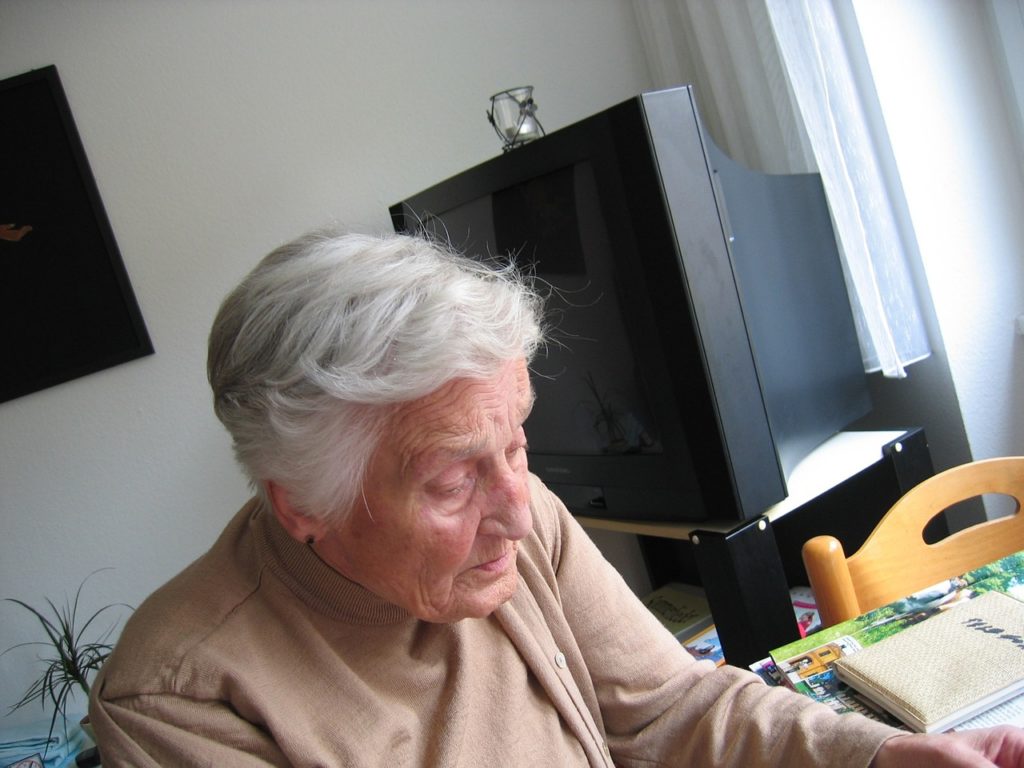Florence Nightingale considered five things to be of equal importance in sustaining holistic care in a health facility: pure air, pure water, efficient drainage, cleanliness, and light. She used those necessities as precepts for a healthy medical home.
Nightingale, considered the founder of modern nursing, is also a former English social reformer and statistician and labeled as the “lady with a lamp” in Henry Wadsworth Longfellow’s poem. She devised the Environmental Theory of Nursing in 1860.
In her theory, the points above translate to fresh air, clean water, housing with a proper sewage system, optimal housing sanitation, and the use of direct sunlight. These necessities help hospitals today maintain a suitable healing environment for patients, especially with an ongoing global pandemic. Nightingale’s revolutionary theory paved the way for patients’ expanded treatment in any given setting.
The Theory in Modern Health Care
Since the time of Florence Nightingale, modern medicine has seen more improvements and has taken the nursing environmental theory in various contexts. Today, health care isn’t limited to hospitals and doctor’s clinics. The rise of offshoot medical practices paved the way for the specialized treatment of medical ailments and illnesses in various set-ups.
One of the recent and popular healthcare practices is the home institution for long-term care, rehabilitation, and hospice care. These establishments found their origins in Western countries and were previously known as just a home for the aged.
But homes for the aged have found a new meaning in the current society because of the expanding need of older adults and other patients. Apart from assistance with everyday living and health care management, older adults with long-term recovery needs or terminally ill patients require rehabilitation and hospice facilities.
Home institutions, which are slowly growing throughout the world, provide these facilities and accept individuals bound to their beds for days or months. Most bedridden patients demand thorough round-the-clock care and supervision in medications and personal necessities. Also, they need a more hospitable and social environment to endure an extended stay in the facility, especially if their family and friends seldom visit.
Hospice patients require special care to improve their family’s quality of life during their limited time.
Emerging Problem in Home Institutions
Home institutions have taken the nursing theory of a positive environment for quality recovery a step further. They are now working with research institutions and health care suppliers to provide high-quality services to their residents.
A common problem in facilities with bedridden or immobile patients is the high incidence of pressure ulcers. It has seen a resurgence one way or another. Decubitus ulcers, pressure ulcers, or bedsores occur on skin areas that have been subjected to too much pressure.
These injuries can become a severe problem for frail older adults. They are often pressures from prolonged lying in bed or a wheelchair or wearing a tight cast for extended periods. As a pre-emptive measure for pressure ulcers, health care facilities require turning patients in bed frequently. But in some facilities, this is seldom done.
One major cause of this is the decline of health care workers over the years. This critical task is understandably neglected due to the lean staff in home institutions. Health care workers on duty focus on more serious and pressing tasks for other patients that may arise during the day. With the higher ratio of patients versus health care workers, it becomes more challenging to carry out all tasks. ;
Innovations for Patients with Mobility Issues
 Fortunately, the painful skin problem that plagues more than 2.5 million people in the United States may have just found a couple of solutions.
Fortunately, the painful skin problem that plagues more than 2.5 million people in the United States may have just found a couple of solutions.
LEAF Wearable Patient Monitor
Researchers at the University of California Berkeley have started developing the product as early as 2015. The LEAF patient monitoring system is an intelligent bandage produced by Leaf Healthcare. The wearable system houses an electronic sensor that monitors patient movements to ensure enough turns and steps.
The caregiving team gets digital turn alerts and visual alerts from the system to ensure their patients are doing accurate quality turns, steps, and movements to avoid pressure injuries. LEAF helps monitor patient movements beneficial to their neurological, respiratory, cardiovascular, musculoskeletal, and gastrointestinal systems, on top of preventing pressure ulcers.
Rubitect Skin Health Monitor
Another Pittsburgh-based company, Rubitection, came up with the Rubitect Assessment System. It is a handheld probe and software platform developed to monitor and detect incremental changes in skin health. It helps caregivers collect data about skin changes, which may point to early-onset pressure ulcers or other skin conditions. They can use this data to personalize care or adjust preventive care measures.
Although we might not see these devices at any franchise health care facilities yet, these are welcome developments in the field. They add to the medical tools doctors and nurses use to carry out efficient caregiving amidst the surmounting challenge the health care industry faces.
Starting with her theory of how patients’ lives can be made easier with a convenient and comfortable environment, Nightingale made extraordinary contributions to nursing. Such was her dedication that the poet Longfellow immortalized her in his 1857 poem, “Santa Filomena.” The lines are as follows:
“Lo! in that house of misery,
A lady with a lamp I see
Pass through the glimmering gloom
And flit from room to room.”
There are countless individuals in different lines of the profession today carrying their version of torches to light the rooms and the lives of the sick. And while there may not be literature to tell of their bravery and commitment, they will definitely be immortalized in the hearts of those they cared for.

